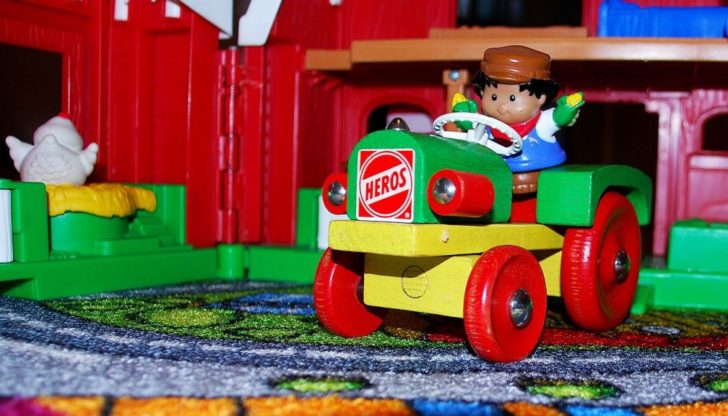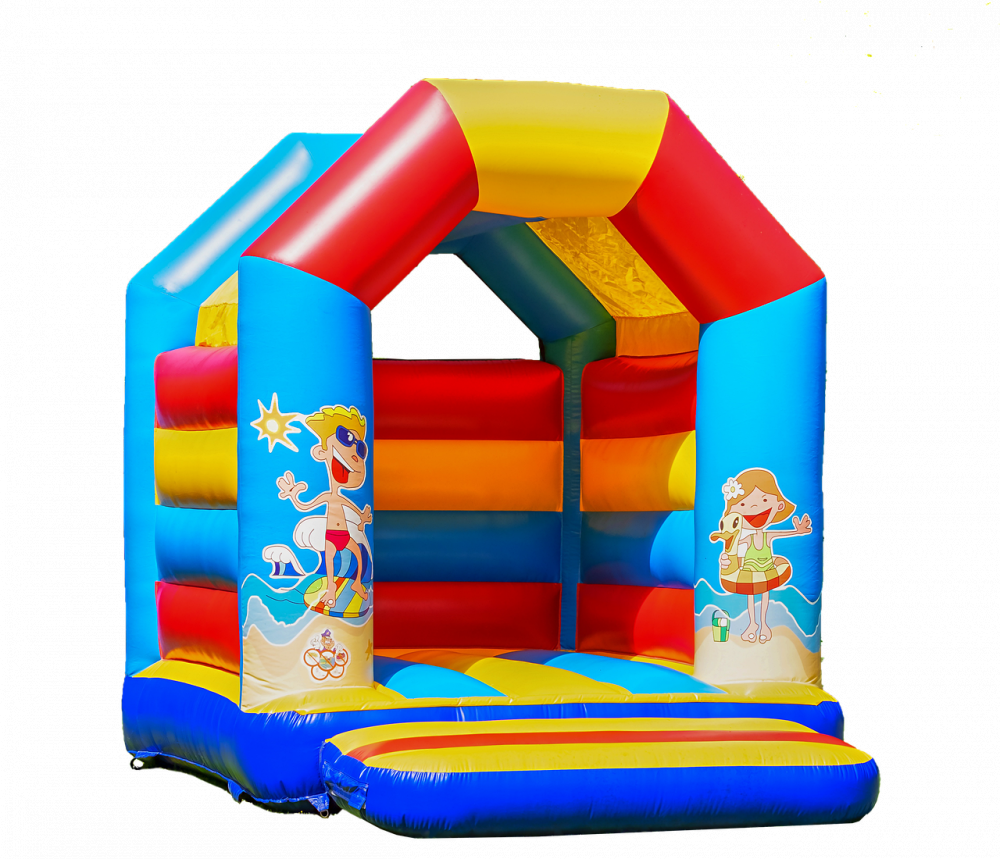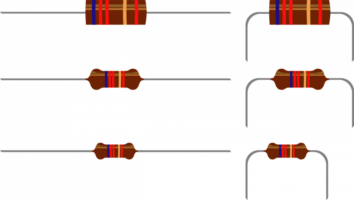”Leksaker för flickor” – En djupgående översikt över en populär kategori

Introduction
I a global society where gender roles and stereotypes are being challenged and redefined, the concept of ”toys for girls” remains an interesting subject. The mass produced toys that cater specifically to girls have seen significant changes over time, reflecting both societal shifts and the evolving expectations surrounding gender. In this comprehensive article, we will delve into the world of ”toys for girls,” exploring the various types available, popular choices, quantitative measurements, differences between them, and a historical overview of their advantages and disadvantages.
Overall View of ”Toys for Girls”

”Toys for girls” is a term that encompasses a wide range of products designed and marketed specifically to appeal to girls. These toys can include dolls, playsets, dress-up items, board games, science kits, construction sets, and more. The objective of these toys is to entertain, educate, and stimulate the imagination of girls. They often incorporate themes and characters that are popular among girls, such as princesses, fairies, fashion, and nurturing activities.
A Comprehensive Presentation of ”Toys for Girls”
The realm of ”toys for girls” is incredibly diverse, catering to various interests, ages, and skill levels. Dolls, for instance, are a prominent category within this market segment. From fashion dolls like Barbie to collectible dolls like American Girl, there is a vast array of choices available. Playsets, on the other hand, often accompany dolls and allow girls to create intricate storylines and scenarios. These can range from dollhouses and play kitchens to miniature worlds like Polly Pocket.
In recent years, STEM (Science, Technology, Engineering, and Mathematics) toys have gained popularity among girls. Building blocks, coding kits, and science experiment sets are being designed with a feminine touch, encouraging girls to explore and engage in traditionally male-dominated fields. Additionally, there is a rising demand for inclusive toys that break away from traditional gender stereotypes, promoting diversity and self-expression.
Quantitative Measurements of ”Toys for Girls”
Determining the popularity and market presence of ”toys for girls” requires quantitative measurements. Sales figures, market research reports, and consumer surveys can provide valuable insights into consumer preferences and purchasing behaviors. By analyzing data on top-selling toys, we can understand which types of toys are dominating the market and the overall demand for each category. These measurements allow manufacturers and retailers to tailor their offerings to cater to girls’ evolving interests and aspirations.
Discussion on Differences Between ”Toys for Girls”
Despite the overarching category of ”toys for girls,” there are significant differences between each type of toy. Dolls, for example, can be divided into fashion dolls, baby dolls, and collector dolls, each catering to different ages and interests. Playsets can vary in themes, from fantasy worlds to realistic settings like a doctor’s office or a veterinary clinic.
STEM toys also offer various options, such as engineering sets, coding games, and chemistry kits. Understanding these differences is crucial for parents, educators, and toy manufacturers to ensure that the toys they choose are age-appropriate, align with a child’s interests, and foster their development effectively.
Historical Overview of Advantages and Disadvantages of ”Toys for Girls”
Historically, ”toys for girls” have been criticized for reinforcing gender stereotypes and limiting girls’ potential. Traditional dolls and playsets often emphasized domestic responsibilities and nurturance, perpetuating the idea of women as caretakers. However, over the years, there has been a shift towards empowering girls and expanding their possibilities with more inclusive toys.
Advantages of ”toys for girls” include nurturing empathy, fostering creativity, teaching social skills, and encouraging role-play. Girls can learn about problem-solving, storytelling, and cooperation through imaginative play. On the other hand, some critics argue that gendered toys can limit girls’ exploration of traditionally male-dominated fields and perpetuate limiting stereotypes. It is vital to strike a balance between providing options that cater to different interests and ensuring that all children have access to a diverse range of toys.
Conclusion
”Toys for girls” encompass a broad category of products designed specifically for girls’ entertainment and development. From dolls and playsets to STEM toys, these options continue to evolve alongside changing societal norms. By understanding the various types, market measurements, differences between them, and their historical advantages and disadvantages, we can make informed choices and encourage a more inclusive, diverse, and empowering approach to playtime.
This video provides an overview of the evolution of ”toys for girls” and their impact on children’s development. It highlights the importance of breaking away from traditional gender stereotypes and fostering inclusivity in playtime options.
FAQ
Are STEM toys popular among girls?
How have 'toys for girls' evolved over time?
What are the different types of 'toys for girls'?
Fler nyheter
Tårtbilder – den perfekta inspirationen för mat- och dryckesentusiaster
Introduction I a global society where gender roles and stereotypes are being challenged and redefined, the concept of ”toys for girls” remains an interesting subject. The mass produced toys that cater specifically to girls have seen signi...
Maja Bergman Lindberg
22 januari 2024
Köpa Frys: En grundlig guide till att hitta den perfekta frysapparaten
Introduction I a global society where gender roles and stereotypes are being challenged and redefined, the concept of ”toys for girls” remains an interesting subject. The mass produced toys that cater specifically to girls have seen signi...
Jon Larsson
18 januari 2024
Vitvaror på nätet: En revolution inom köp av hushållsmaskiner och vitvaror
Introduction I a global society where gender roles and stereotypes are being challenged and redefined, the concept of ”toys for girls” remains an interesting subject. The mass produced toys that cater specifically to girls have seen signi...
Jon Larsson
18 januari 2024
En detaljerad guide om att köpa Apple TV
Introduction I a global society where gender roles and stereotypes are being challenged and redefined, the concept of ”toys for girls” remains an interesting subject. The mass produced toys that cater specifically to girls have seen signi...
Jon Larsson
18 januari 2024











